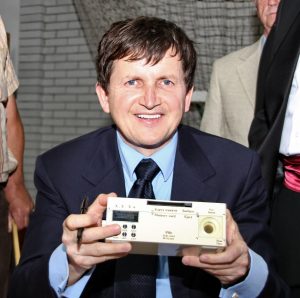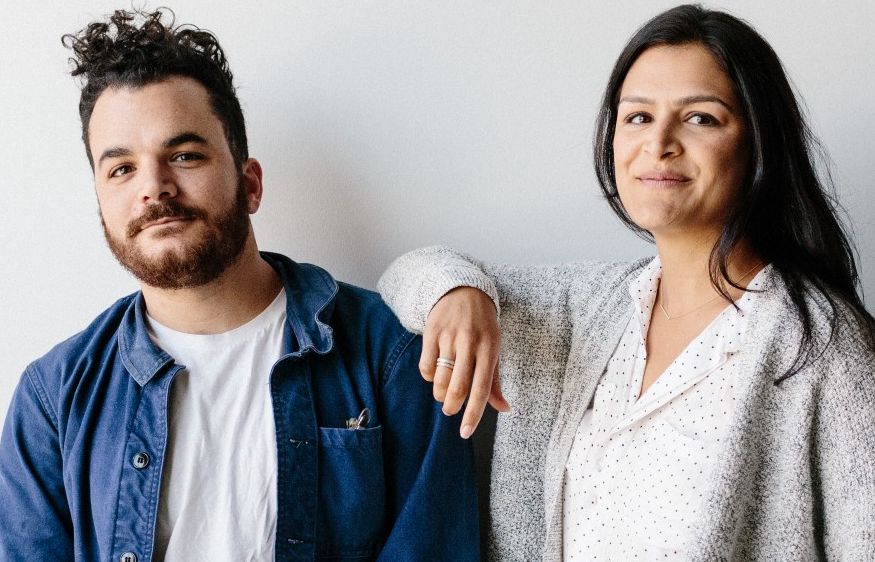Charles Simonyi : American Computer Businessman & the Genius Behind Microsoft’s Word-Excel
Microsoft has a history of great inventors and developers to its credit. One of such inventors is Charles Simonyi, who is the no. 40 employee of Microsoft and is also the man behind Microsoft’s most profitable products, including Word and Excel. Though he is famous for his inventions in the programming and development industry, he is also known as the only space traveller who has been to space twice. He is a philanthropist and a supporter of arts and science initiatives, too.
Early Life
Simonyi was born on 10 September 1948, in Budapest Hungary. His father Károly Simonyi was a Hungarian physicist and writer, who also worked as a professor of electrical engineering at the Technical University of Budapest.

It was during his high school when he started working part-time as a night watchman at a computer laboratory and developed an interest in computers and programming. One of the computer engineers, from the lab, also started teaching him the basics of computers and by the end of his school, Simonyi mastered a few programming languages.
When he was 17, he moved to Denmark with a short-term visa and started working for A/S Regnecentralen. As a result, he got his visa extended, and he never went back to Hungary.
Career
In 1968, Simonyi moved to the US and joined the University of California, Berkeley, to pursue a B.S. degree in Engineering Mathematics & Statistics. As soon he completed his education, he got the opportunity to work with the Xerox PARC, where he worked in the development of one of the first personal computers Xerox Alto. And eventually, ended up inventing the first WYSIWYG (what you see is what you get) text editor named Bravo, along with his co-worker Lampson.
In 1977, while working at Xerox, he received a PhD in computer science from Stanford University.
In 1981, Simonyi left Xerox and was hired by Microsoft to start an applications group at Microsoft. The first application he built was a WYSIWYG word processor, and Microsoft’s most valuable applications Word and Excel are the outcomes of the same application. It was Simonyi who introduced Microsoft with the concept of metaprogramming and OOPs which he learnt at Xerox. He also developed the “Hungarian notation convention” for naming variables, which was the part of his doctoral thesis and has been widely used inside Microsoft.
In 2002, Simonyi left Microsft to found Intentional Software, a company marketing the intentional programming concepts, along with co-founder Gregor Kiczales. The company works on developing designs tools and platforms, which programmers focus on capturing the intent of users and designers.
Simonyi was awarded the Wharton Infosys Business Transformation Award for the industry-wide impact of his innovative work in information technology, in 2004. Microsoft acquired Intentional Software in April 2017.
Personal Life
Simonyi married 32 years younger Lisa Persdotter, in November 2008, in a personal ceremony. He lives in Medina, Washington, in his modern design villa, Villa Simonyi. He is fond of collecting paintings.
During 2006, Simonyi became interested in becoming a space tourist and took proper training for that. He signed agreements with the space tourism company, Space Adventures, Ltd., for a ten-day mission to the International Space Station (ISS) and rode a Soyuz TMA-10, on 7 April 2007, along with two Russian cosmonauts. On 26 March 2009, he went on his second trip to space aboard Soyuz TMA-14, becoming the only space traveller to have gone into space twice.
Simonyi and his wife both actively participate in philanthropy works, and in 2003 started a charitable organisation The Charles and Lisa Simonyi Fund for Arts and Sciences, to which Simonyi has donated over millions of dollars. In January 2004, Simonyi also started the Charles Simonyi Fund.
As an inventor, Simonyi currently holds 11 patents to his name.

Yashica is a Software Engineer turned Content Writer, who loves to write on social causes and expertise in writing technical stuff. She loves to watch movies and explore new places. She believes that you need to live once before you die. So experimenting with her life and career choices, she is trying to live her life to the fullest.










